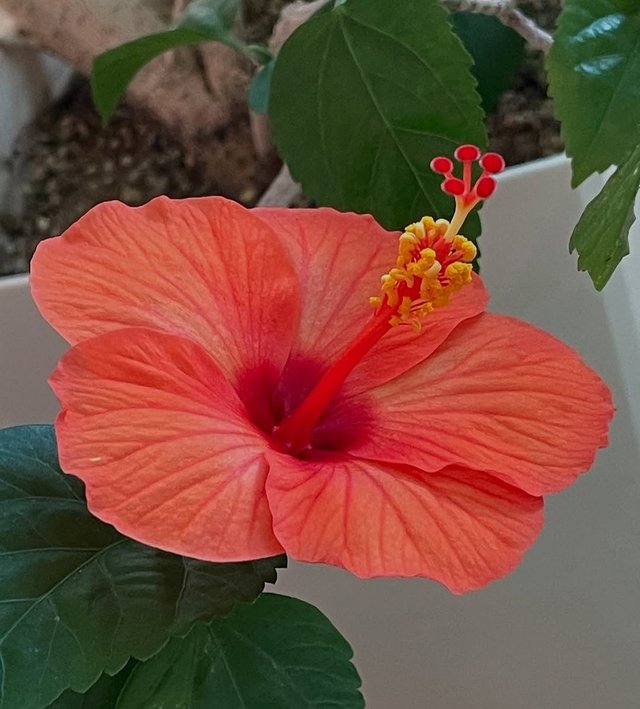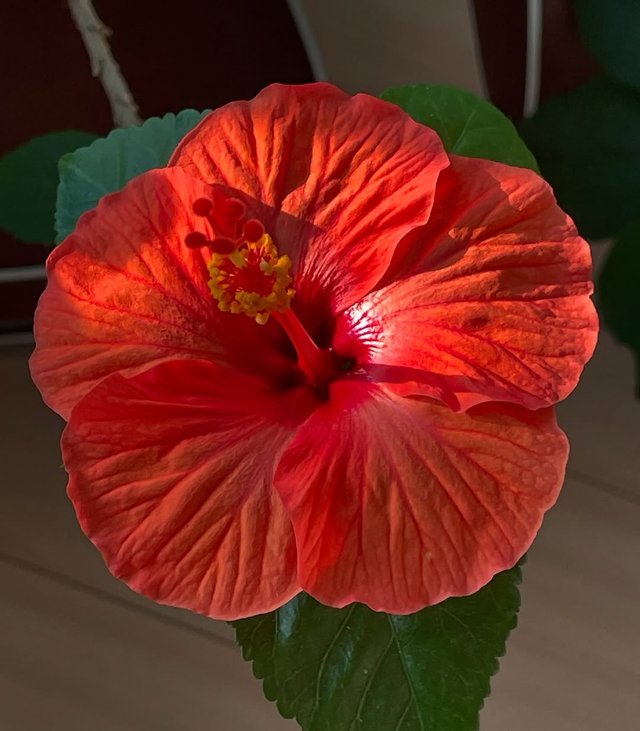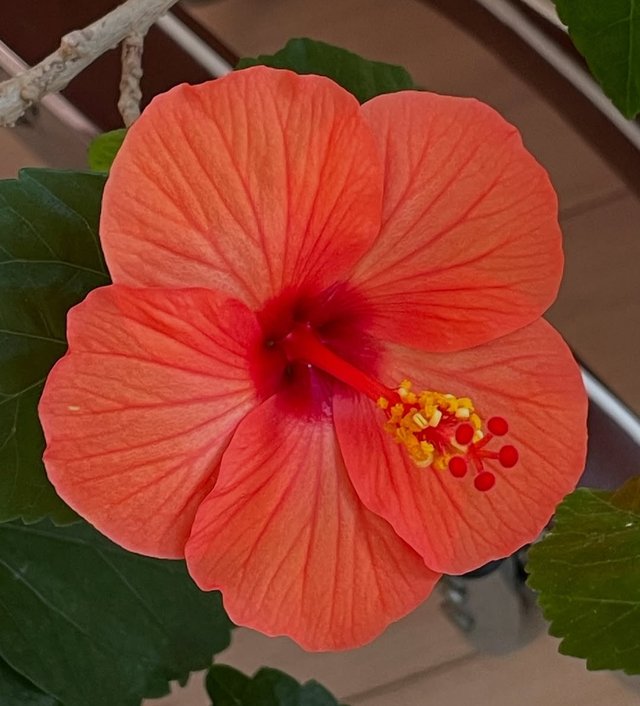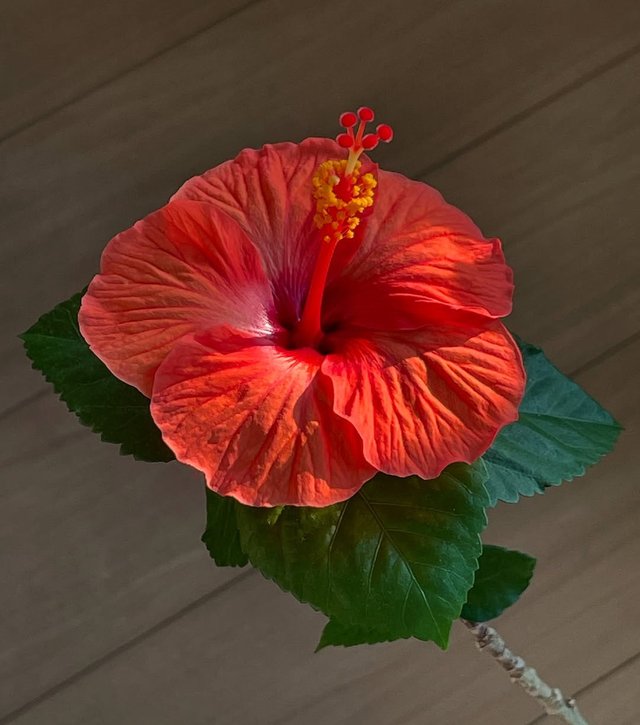Shoeblackplant Flower So Beautiful
The Shoeblackplant, often simply called hibiscus, is a striking ornamental shrub cherished worldwide for its large, showy blossoms and tropical appeal. Native to East Asia, it has become a common garden plant in warm regions and is admired not only for its beauty but also for its cultural, medicinal, and symbolic significance.
Appearance and Growth
The Shoeblackplant is an evergreen shrub that can grow between 2 to 5 meters in height under favorable conditions. Its glossy, dark green leaves create a lush backdrop for the brilliant flowers that are its main attraction. The blooms are typically large, trumpet-shaped, and can range in size from 4 to 15 cm in diameter. Though the most common color is a deep, vivid red, hybrids and cultivated varieties have produced flowers in white, pink, yellow, orange, purple, and even multi-colored patterns.
The plant thrives in tropical and subtropical climates, preferring full sunlight and well-drained soil. With adequate warmth, it flowers almost continuously throughout the year, making it a favorite for gardeners seeking a splash of color in landscapes, hedges, or potted displays.
Symbolism and Cultural Significance
The Shoeblackplant holds deep symbolic value in various cultures. In many Asian countries, especially in China and India, hibiscus flowers are linked with beauty, femininity, and divine offerings. In Hindu tradition, the red hibiscus is considered sacred to the goddess Kali and is often used in worship rituals. In the Pacific Islands, hibiscus blooms are worn as adornments, symbolizing love and delicate charm.
In some cultures, the Shoeblackplant represents fleeting beauty because of its short-lived blossoms, which usually last only a day. Despite their brevity, the flowers continuously renew themselves, symbolizing resilience and vitality.
Uses in Traditional Medicine
Beyond its ornamental appeal, the Shoeblackplant has long been valued for its medicinal properties. In traditional systems of medicine such as Ayurveda and Chinese herbalism, various parts of the plant are used to treat ailments:
Flowers: Used to make herbal teas believed to lower blood pressure, improve digestion, and promote heart health. The petals also have natural cooling properties.
Thanks For Reading
Device Information
| Device | cannon eos 700D |
|---|---|
| Lens | 55-250 zoom leans |
| Location | Bangladesh |




